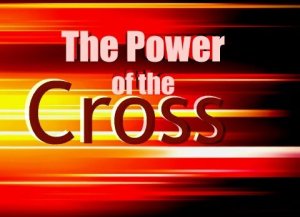A Social Anthropologist’s Analysis of Contemporary Healing, Part 2

The Power of the Cross: The Biblical Place of Healing and Gift-Based Ministry in Proclaiming the Gospel
How do doctors respond to claims of healing? Are there any lasting social effects when people experience divine healing?
Physical and Spiritual Phenomena
Since John White is contributing a chapter to this book concerning the physical manifestations which sometimes seem to accompany the working of the Holy Spirit, here I shall confine myself to a few brief remarks arising out of my own investigations.32
When some people at a Baptist church in Leeds began to display behaviour such as shaking, weeping or falling over (Jer. 23:9; Dan. 10:10; Neh. 8:6, 9; Jn. 18:6; Rev. 1:10, 17-18)33 during a healing service led by some of Wimber’s team, a critic later described the events as a case of mass hysteria. This opinion was expressed by a theologian with no training in psychology or psychiatry. However, it led me to include in my follow-up interviews a simple psychological test which gives a preliminary indication of the plausibility of this explanation.
A retrospective study of a case of mass hysteria among some English schoolgirls confirmed the hypothesis of Professor Eysenck that more hysterical individuals tend to rank high on scales of both extroversion and neuroticism.34 However, only twelve out of the one hundred people in my random sample ranked high on both these scales, and all but two of them were only just over the border into the ‘high’ category on only one of the two scales. Nevertheless, virtually all of these 100 people had themselves experienced at least some of the physical phenomena. I found that reports of these experiences were spread across all the different psychological categories of people and were by no means confined to any one psychological ‘type’. This argues against any theory that these physical phenomena can be explained away by a theory of mass hysteria.
It is difficult, and in several cases probably impossible, to explain away these and other kinds of experiences.
Category: In Depth, Winter 2009


